Ways I get Myself to Write, Method #10: READ!!!
Young Writer's Posts
We’re winding down to the last two Ways I get Myself to Write. You may be asking: what’s the 10th method? Well, as the title of this article already spells out in all caps, one of the ways I get myself to write is by reading. I know that may sound counterproductive to some of you. If I’m trying to get myself to write, then why am I stopping to read? Well, immersing myself in a good story not only helps my mind recuperate and relax, I find myself learning a lot about technique, characterization, character development, rising action, conflict, and theme as I read. I’m not saying that you should start reading a book and copy down everything, word-for-word from that book, change a few names and pass it off as your own; that would be plagiarizing.
No, I’m saying that you should take your reading seriously. Don’t just think about how much you love the characters or the story, ask yourself: why? What about the way the author describes the characters or reveals parts of their personality effectively contributes to the story. How does the author create suspense? How does the author evoke emotion from you? Is it through the dialogue? What specifically about the dialogue? Enjoy reading the story, but try to pinpoint how the technical aspect of the book effects the story in its ability to engage you. One way you can keep track of your observations is by jotting them down in a notebook. Don’t go all note crazy and stop after each page to write down ten thousand notes (I may or may not have done that at one time…). Maybe stop every couple of chapters or halfway through the book and think about what stuck out to you. Writing, “The part with the dragon was cray”; again, ask yourself why? “The author focused a lot on describing the fight with the dragon as well as what the dragon looked like, which gave me a clear word picture and kept me interested in the rising action.” Or, shorthand it to something like, Dragon scene = descriptive details formed word picture; kept me focused.
I recently got Reading Journal: for Book Lovers by Potter Style that not only has space to write notes, but includes room to write the name of the book I’m reading, the author, the genre, the things I want to learn more about after reading the book, and my star rating. It’s a great way to keep all your thoughts in one place. My only wish is that there was more room for notes. 😛 But there are other great features in the journal like start and finish dates, a recommended list of book titles, room to record your favorite authors, and so much more. (This journal and two others I HIGHLY recommend are in our online store.) In fact, I use my notes from my reading journal as the basis for my book reviews. And the book reviews are basically things that I’ve learned and want to incorporate into my writing or at least try. Therefore, the knowledge gained from reading gives me motivation to write. BAM! Full circle. 😉
So, go ahead; take a load off, shut down your computer, and get to reading. In the words of one of my favorite Christian Romance writers, Irene Hannon, “Read exhaustively in the genres that interest you.”

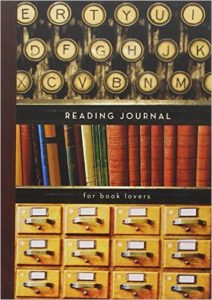

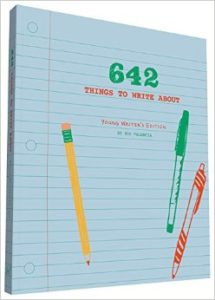

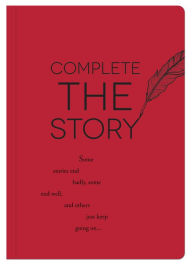


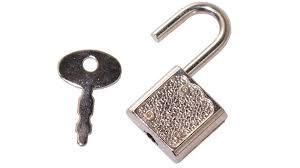


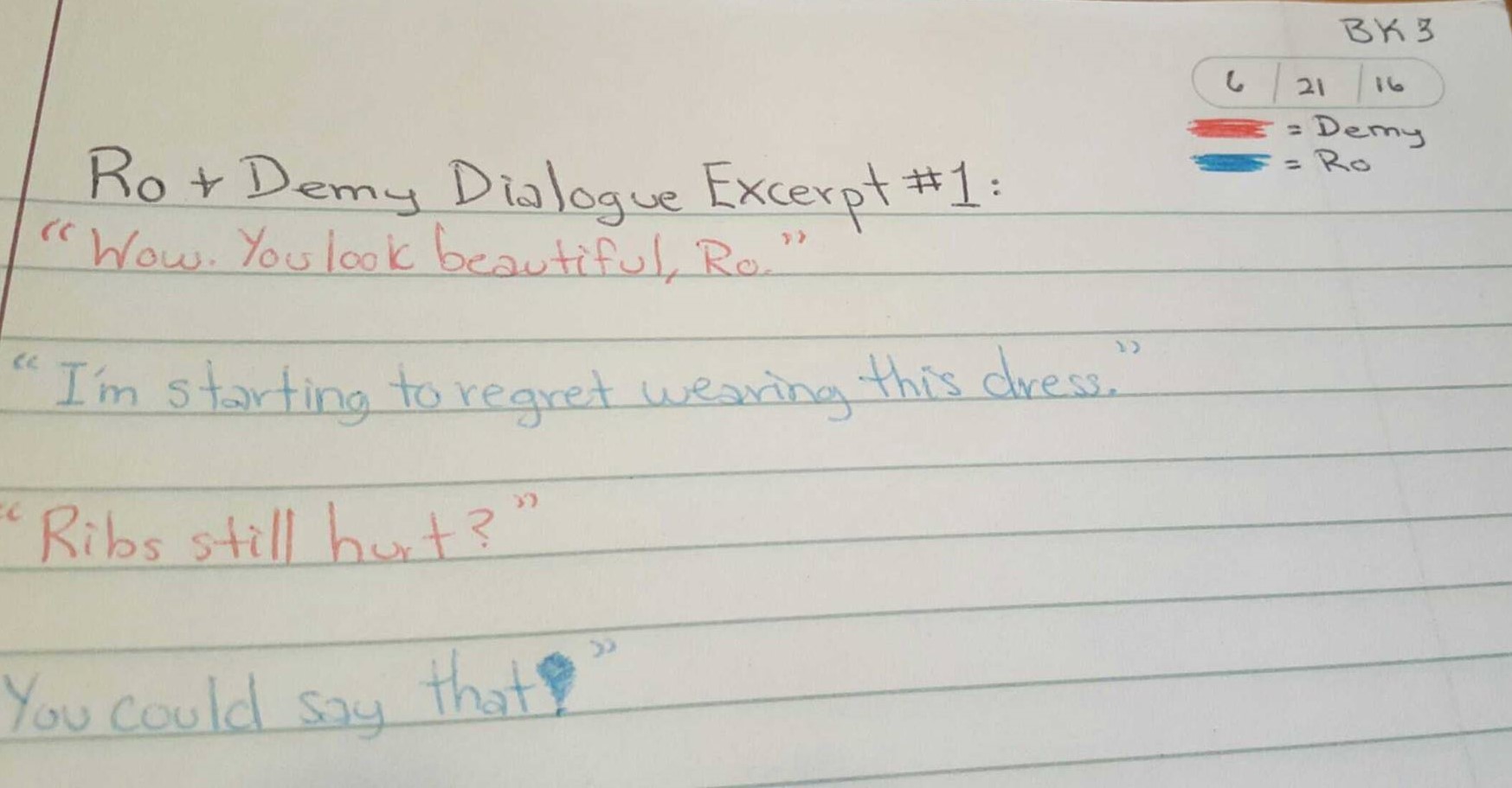
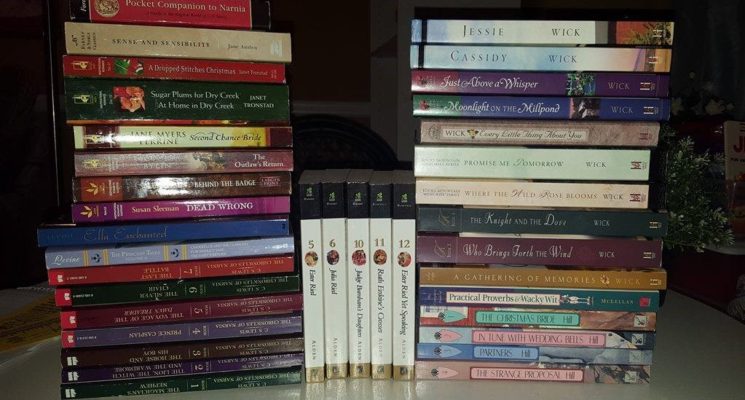
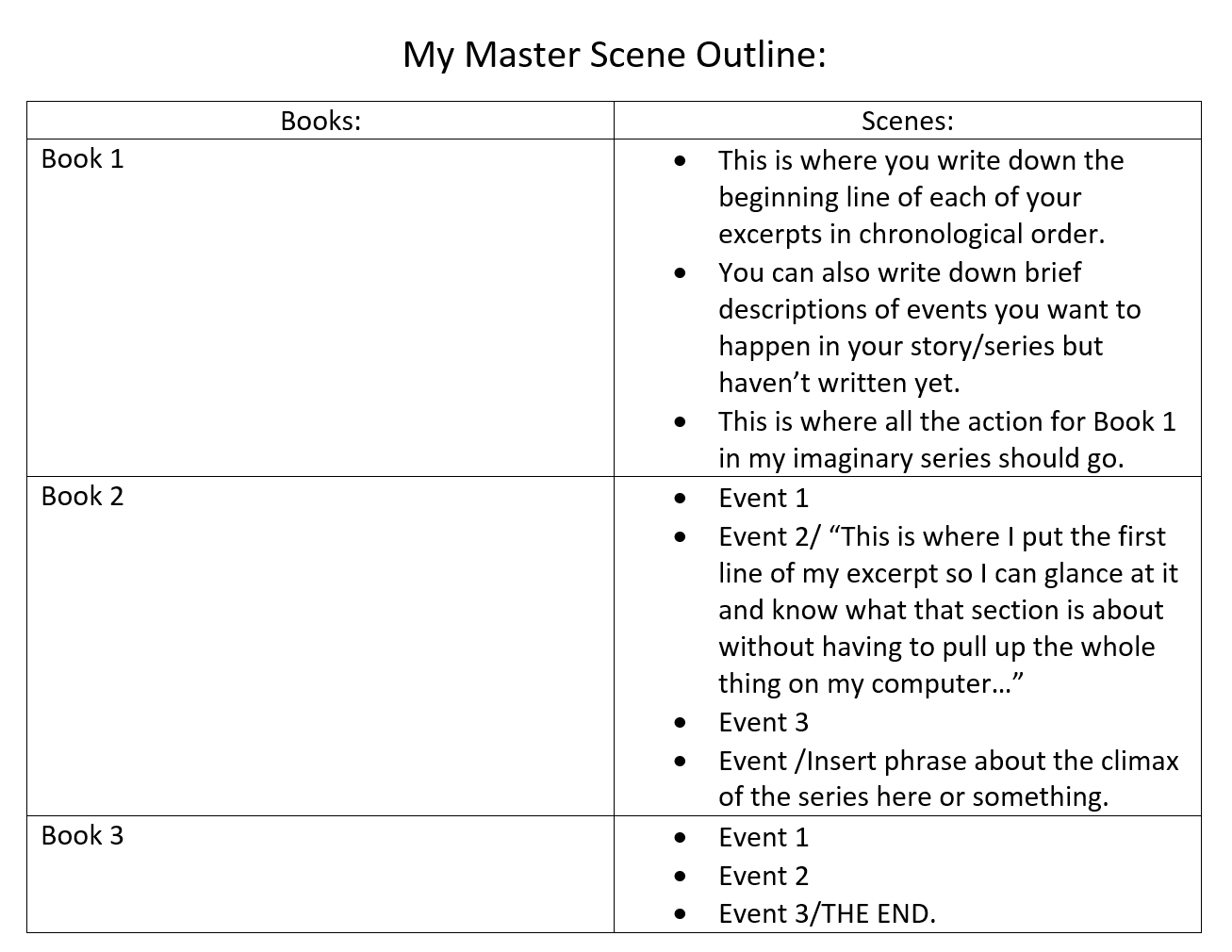
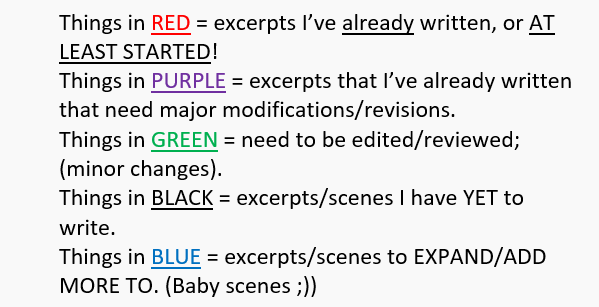

Recent Comments: